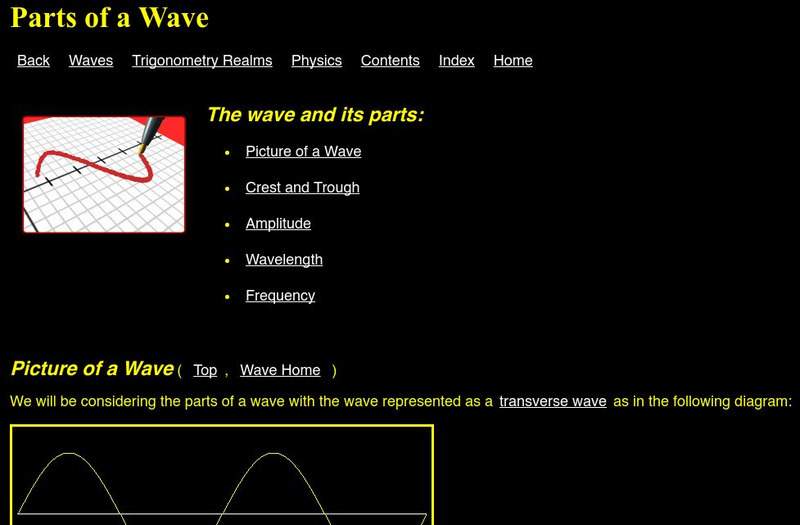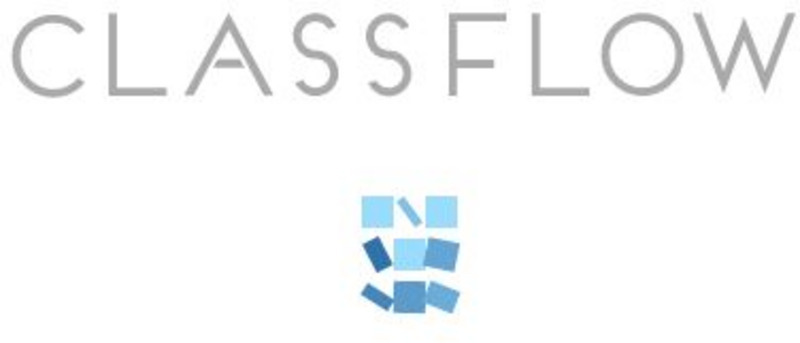PBS
Pbs Learning Media: The Electromagnetic Spectrum: Frontline
This video segment adapted from FRONTLINE introduces the electromagnetic spectrum and explains how the various types of electromagnetic waves are distinguished by the amount of energy each wave carries.
Curated OER
Education in Physics and Mathematics: Wave Parts
A physics site, it describes aspects of waves, like the sine wave The explaination is good and it illustrates the connection between mathematics and physics.
Physics Aviary
Physics Aviary: Radiant Emissions Lab
This lab is designed to allow students to look at the relative proportions of different wavelengths of light that are emitted by stars at different temperatures.
Other
National Physical Laboratory: The History of Length Measurement
This resource provides historic information on length measurement in the United Kingdom. Click on the topics on the left toolbar of the article to find out more information.
PBS
Pbs Teachers: Science of Tsunamis: Seeking Understanding in the Wake of Tragedy
Conduct a demonstration to learn about how waves function in water. Create a poster that shows the physics of waves, how tsunamis work, the devastation caused by the 2004 tsunami or information about relief efforts for the 2004 tsunami.
ClassFlow
Class Flow: Introduction to Light Waves
[Free Registration/Login Required] This flipchart is an introduction to light waves. It discusses a wave's crest, trough, amplitude and how to measure a wave.
Science and Mathematics Initiative for Learning Enhancement (SMILE)
Smile: Sound and Vibration
Using some basic items, you can demonstrate the basic principles of sound, pitch, and vibration. This will allow the elementary student to discover some basic principles of sound and vibrations.







